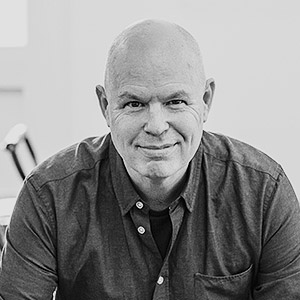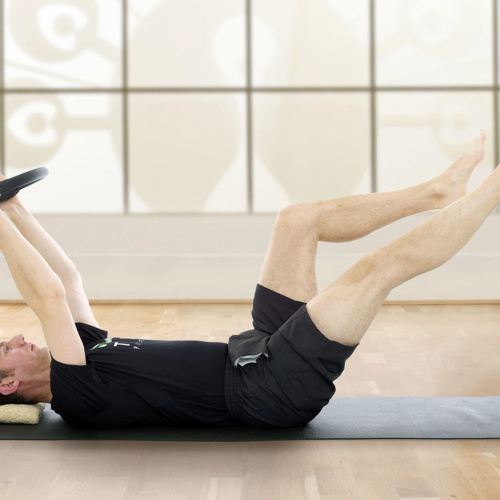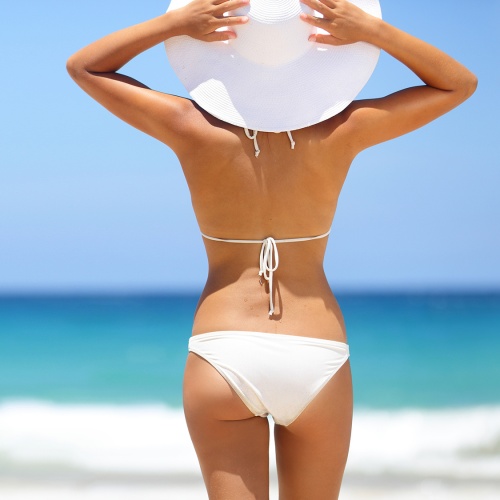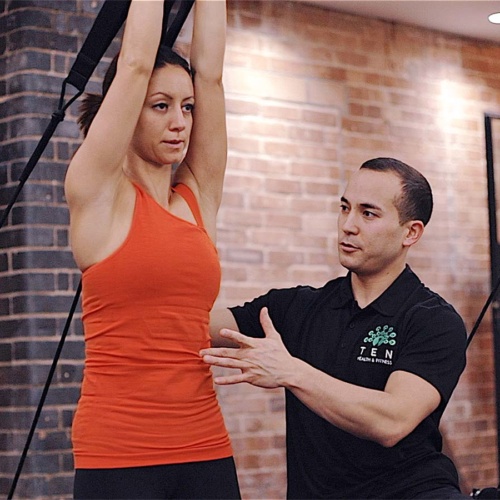Justin Rogers, Creative Director, Ten Health & Fitness
First, the disclaimer: before we start, let me just say that this is a subjective piece, based on just a few days of classes, studio visits and meetings. And given the huge numbers of fitness providers in New York, it’s clearly not going to be definitive.
My views are based what I’ve heard and learned from the Studio owners I met, and on personal and specific impressions and experiences. So if anyone feels misrepresented, apologies.
So with that out of the way, the accepted wisdom (always a phrase that makes me nervous) is that New York is several years ahead of London in terms of the maturity, variety and innovation of the sector, and on the quality of the fitness offering.
But is it? Well, yes. And no.
Let’s start with the yesses.
Even aiming off for the greater density (Manhattan squeezes the same population as Inner London into less than 20% of the land), the fitness industry enjoys greater penetration than it does in London.
And while boutique fitness is still niche in London, in NYC it has grown to mainstream proportions, and the number, variety and proximity of Studios is dazzling.
To give you an idea, let’s take just one block – actually, just one side of one block; W19th St between 5th and 6th Ave. In less than 300 metres, you’ll find HiiT specialists The Fhitting room, along with Soulcycle, two yoga studios, a dance studio, 2 gyms and a rehab/sports medicine studio.
For a wider picture, the ClassPass website boasts 2.5 times more Studios in NYC than in London, but generates 5 times as many reservations per month. Even allowing for the fact that they’ve been in New York 2 years longer, that’s still a lot of reservations.
Culturally, exercise does feel more part of the Big Apple mindset. Althleisure has well and truly arrived, with half the city walking around in workout wear, and wherever you are, there are clean-eating restaurants less than an avocado’s throw away.
With greater interest in exercise, comes greater appetite for innovation than I think we’re currently seeing in London.
Everything from FlexPilates’ custom-designed Flexformer – think Lagree-style workout on a bulked-up reformer with a wundachair built onto the back – to The Class, and Brian Delmonico’s Circuit of Change. The latter both offer gloriously sweaty, uplifting and idiosyncratic fusion classes – between them, mixing yoga, mindfulness, HiiT, martial arts, bodyweight training, chanting and even a bit of primal therapy (though you’d have to ask Ten’s founder Joanne Mathews more about that!)
They may have been at it longer and be doing more of it, but that’s not to say New York’s ahead on every point.
As a population, there may be fewer Londoners than New Yorkers working out regularly, but anecdotally at least it’s the Londoners who are clocking up more classes per month.
Also, the bar seems higher on our side of the pond for Studio facilities. While I saw some beautiful fitouts on my trip (take a bow, The Fhitting Room, PureYoga and Physique 57) I was surprised how willingly traditionally demanding and fussy New Yorkers put up with a much lower level of facilities from their boutique providers, even at a premium price point.
Take SLT for example. They charge between $35 and $40 for a class, but in the affluent Upper West side location I visited, you walk straight off the street straight into a less than pristine studio. Reception (of sorts) is a desk in cubby-hole at the back, there are no showers, and if you want to change, the toilet is your best bet.
Similarly, City Row charge around $30 for their trademark combination of rowing intervals and mat-based sculpting/strengthening supersets, but their facilities are equally limited. Yes, there’s a basic reception and waiting area, but there are no showers and to change, you borrow the key to the restroom down the corridor and change in the (tiny) toilet.
Naively, I assumed that this was because New York offices were well provided with staff showers and changing facilities. I was wrong. It isn’t and they aren’t.
And while I enjoyed the energy and enthusiasm that the instructors brought to their classes in New York, I saw less accommodation of injuries or areas of weakness, less focus on proper form, correct setup, postural cueing, and less hands-on correction. (Though I’m aware that this may be in comparison with what’s important to us at Ten rather than with UK providers per se.)
And what about the extra intensity we’re often led to believe that New York workouts deliver? In an attempt to make a fair comparison, I stuck to disciplines similar to the workouts I do in London. The conclusion: definitely challenging, and definitely sweatier (though that may have had more to do with underpowered a/c) but no harder than the sessions I was used to.
So on balance, while there’s no clear winner, there is a leader.
If only because the London market is still in it’s growth phase, while New York represents the full growth cycle (several key players believe that it has now plateaued). And while no-one can predict the future, New York shows us a picture of how we could expect our market to mature over the next few years.
But then, like everything else in this piece, that’s just my opinion.







